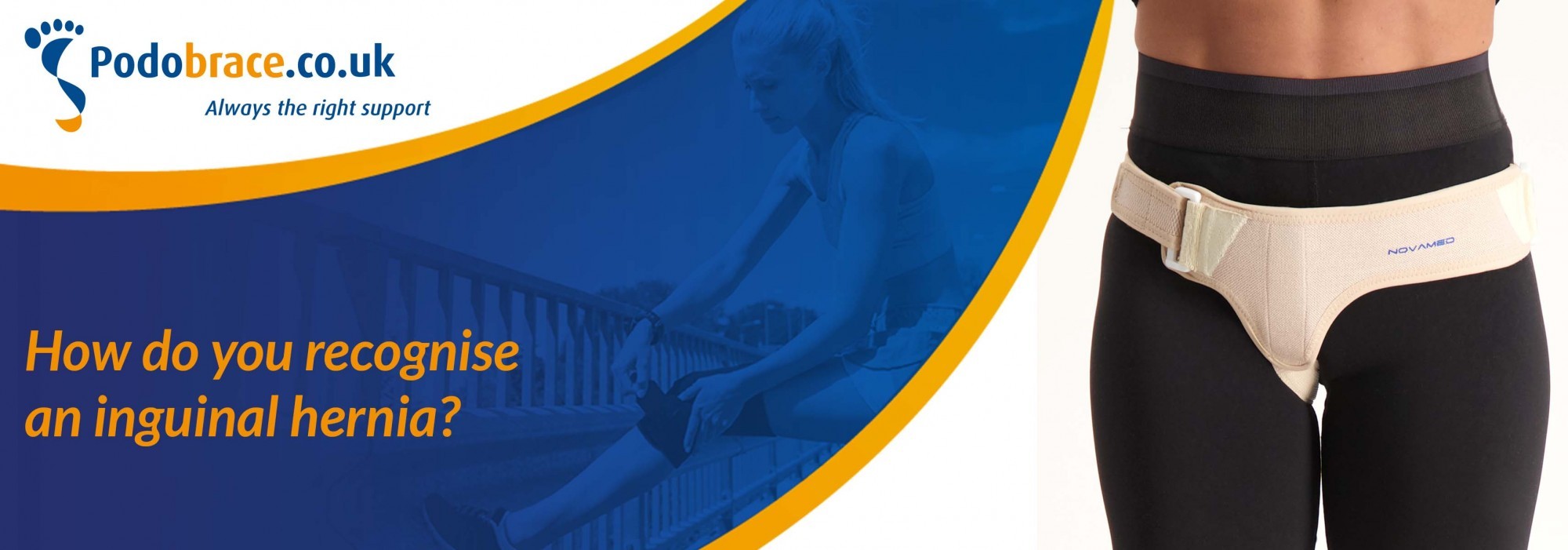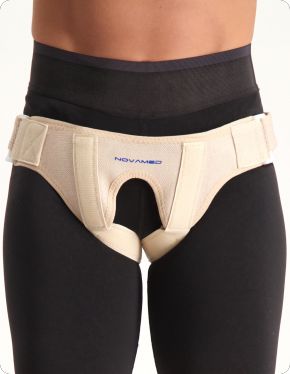
How do you recognise an inguinal hernia?
An inguinal hernia is a bulge of the peritoneum or abdominal fat caused by the abdominal muscles. This bulge lies at the level of the groin and is caused by a weakness in the abdominal wall. In this blog, we explain more about the symptoms and causes of an inguinal hernia.
What are the symptoms of an inguinal hernia?
You can recognise an inguinal hernia by a swelling in the groin. It may gradually increase and never recede on its own. With an inguinal hernia, you will experience the following symptoms.
- Pain in the groin, or a stinging or burning sensation.
- You may feel like something is in the way in the groin. You're not really in pain, but it does bother you.
- Just pain, without noticing the swelling. This is especially common in women.
- The swelling is more visible when you stand, cough or squeeze. The swelling sometimes extends to the pubic area. If there is a lot of abdominal fat, the inguinal hernia is less visible.

What are the causes of an inguinal hernia?
An inguinal hernia is caused by a weakness in the abdominal wall. This weakness in the abdominal wall can have several causes:
- It may be congenital
- It can occur due to pressure or tension on the abdominal wall combined with weakening of muscles and connective tissue, for example:
- If you smoke: this makes connective tissue weaker
- If you cough a lot
- If you suffer from prolonged constipation
- If you do heavy work involving frequent heavy lifting for a long time
These symptoms can gradually create a weakness or opening in the abdominal wall. This can lead to an inguinal hernia.
What treatments are available?
Unfortunately, an inguinal hernia does not heal on its own. This always requires surgery. However, opt for this only if you experience real pain from the fracture. Always discuss this with your doctor. If you opt for surgery, the abdominal contents will be returned to the abdominal cavity. A plastic mat is then placed in front of the opening of the peritoneum to prevent the abdominal contents from bulging outwards. You can use an inguinal hernia band for this as support. It provides support after surgery, but is also safe to use if you choose not to have surgery. An inguinal hernia ligament exerts pressure in the area, making the pain much less.













